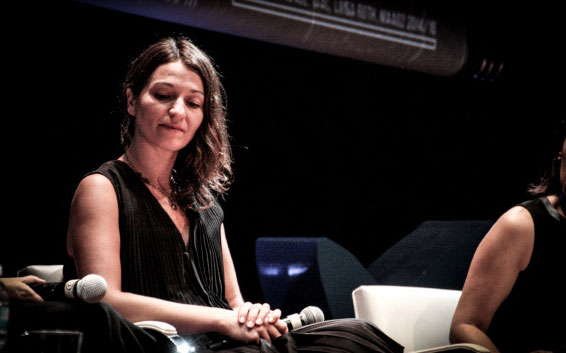
Can the city think? How to design for resilience?
How to design for the responsive city?
Today we have the knowledge and means to realize whatever we imagine, witnessing advancements in production technology not only in the architecture field but, in biology, ecology, virtual engineering as well. In fact, a radical shift is in action. The architectural debate is moving from the form or aesthetical effect to the performing aspect. In a way, architecture is breaking free from the limitation of studies and it is time to discuss, speculate and envision what could be the future of intelligent responsiveness and adaptation in design.
Smart materials like nitinol wires, silicon based systems, hydrogel capsules, biomaterials and graphene already can change their proprieties naturally, breathing buildings and systems to life in reaction to environmental, climatic, energetic and residents inputs without the plug of technological systems. Furthermore, a shift in logics always corresponds to a change in the vocabulary and so a need for new urban infrastructures has emerged with Wi-Fi technologies, sensors, fibre optics. However, we can also notice alternative infrastructures that do not belong to municipalities, administrations or institutions but collect and map openly data so that everybody can start having a better understanding of how cities are working in distributed different landscapes. Again, imagine how design can be augmented by virtual reality, not just in the preview phase. The overlapping of real and virtual data enables us to experience the environment in a completely original manner, giving and receiving information in a continuous loop of interactions.
Can the city think?
The information society brings a digital revolution dealing with collectivism, connectivity, and endless proximity. Can the machine think? Can the building think? Can they evolve? We started talking about internet of cities, internet of buildings. If smart cities have become corporate, a scenario of selling and buying technologies, we need not to forget that the implementation of information and communication technologies in urban planning had been fundamental for the plan itself. From approximate data, now, we have tools to collect information real-time, proposing accurate and dynamic mapping of our environment for the design process. Then, how do we materialize design in order to shape form, inform new programs and respond to changes? As we introduce the idea of Internet of building, we need to understand responsiveness as a new organic paradigm. The innovative technologies and the information in the experience era are
mutating the way we inhabit our environment, we are moving to a form of habitat in which architecture is not merely sheltering but become evolutionary, technologically integrated and even personalized by the users of the spaces. I believe that the next architectural design style will not draw final or static solutions but answers that envision behaviours, design behaviours and mute spaces, following the principles not only of construction but of biology, ecology and other disciplines as well.
by Areti Markopoulou


